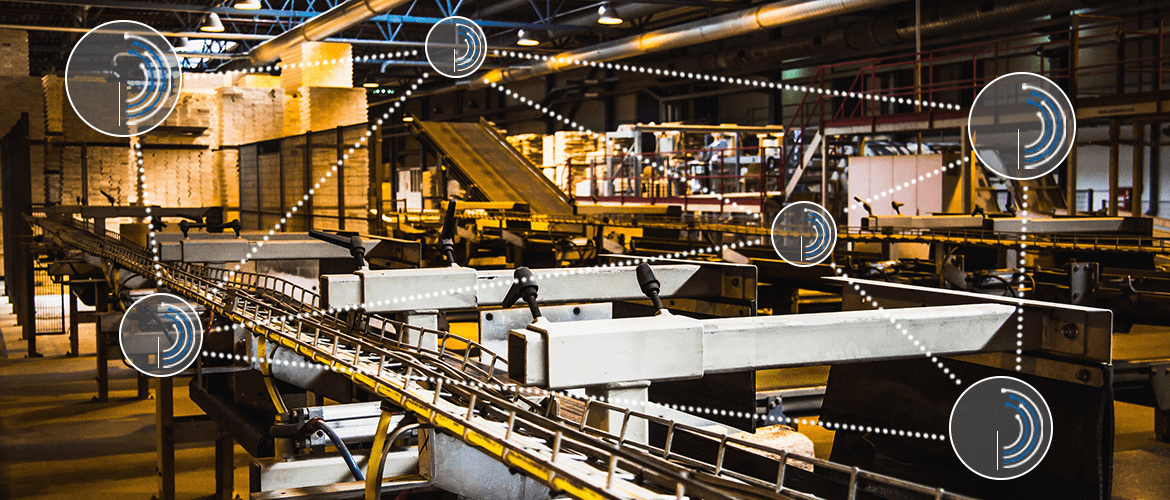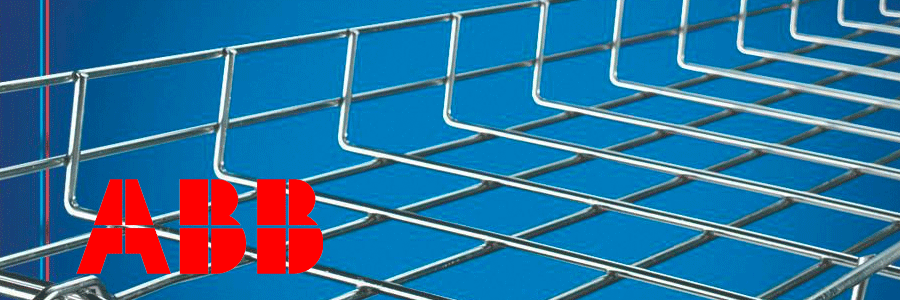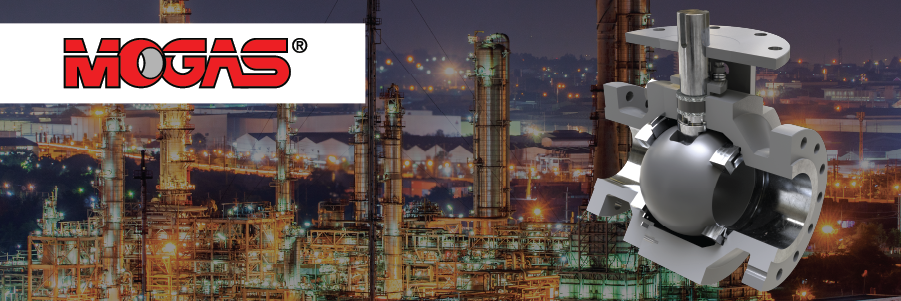Customer Service


Process industries, factories, mills and other industrial plants and users have unique requirements for communications networks that differ from commercial and residential grade networks. Industrial networks withstand harsh environmental conditions such as temperature extremes, electromagnetic interference and hazardous areas. Alongside the conditions that industrial users must consider, faster Ethernet speed and efficiencies are required due to the amount of data transferred between multiple systems.
Previously, industrial communication was dominated with copper-based infrastructure and fiber optics were mainly used as links. Although copper has been a great solution to date, the need to support gigabit Ethernet in automation has introduced fiber optic connections as the new norm.
Industrial end users see the need to implement fiber optic connections within their work environments. Training for fiber optic terminations, fusion splicing and network design will be required to stay up to date with industrial automation and control.
1. Expansion of Industrial Space
More equipment and facilities are being automated; data centres are becoming more complex and the requirement to implement fiber connections in industrial environments is becoming more common than ever. Industrial Ethernet through fiber optics is fastly becoming the communication standard between these networked devices.
The advantage of using fiber optics in these applications rather than copper backbones is the ability to support higher bandwidth (Gigabit) Ethernet between these networks.
Need help with building or enhancing your industrial network and IoT deployment? E.B. Horsman is a distributor of Panduit Industrial Automation solutions whom develops and deploys physical infrastructure solutions. Panduit achieves this by focusing on connecting Enterprise and Ethernet through the plan floor using fiber optic technologies. For more detail, download Panduit’s brochure.
2. Requirements for Field Terminations
Plant floors require constant upgrades, therefore the need for scalability has become prevalent. Connections have to be made quickly while maintaining data rates through faultless connections. Typically, fiber optic installation requires purchasing fiber cables that is pre-terminated by the manufacturer, which can have long lead times and sometimes, result in incorrect fiber length.
To overcome this hurdle, many have turned to field fiber termination as it became more popular and easier to accomplish. Terminating fibers in the field allowed for pulling bare fiber and terminate it correctly when required at the proper length.
Some may argue that fiber optic termination requires experience and special tools, but with Panduit’s OptiCam system and E.B. Horsman’s training, experience can be easily gained. To learn more on how to terminate fibers, read our fiber termination buying guide.
Did You Know? E.B. Horsman & Son stocks the Panduit FCAMKIT which includes all the required stripping and terminating tools for Panduit pre-polished cam connectors.
Contact our Data Communication division to discuss how we can help you and your business with your next fiber termination project.


Cable basket trays are more cost efficient, reliable, adaptable to change, and easy to maintain. Order your cable trays to protect your wiring…


Philips Lumec practices sustainable design & the science of smart engineering. They are a leader in environmentally sustainable decorative outdoor…


Buy MOGAS to solve issues that routinely plague power plants – leaking valves, seat erosion, blown packing, and the inability to isolate critical…
Customer Service
1.888.467.7626